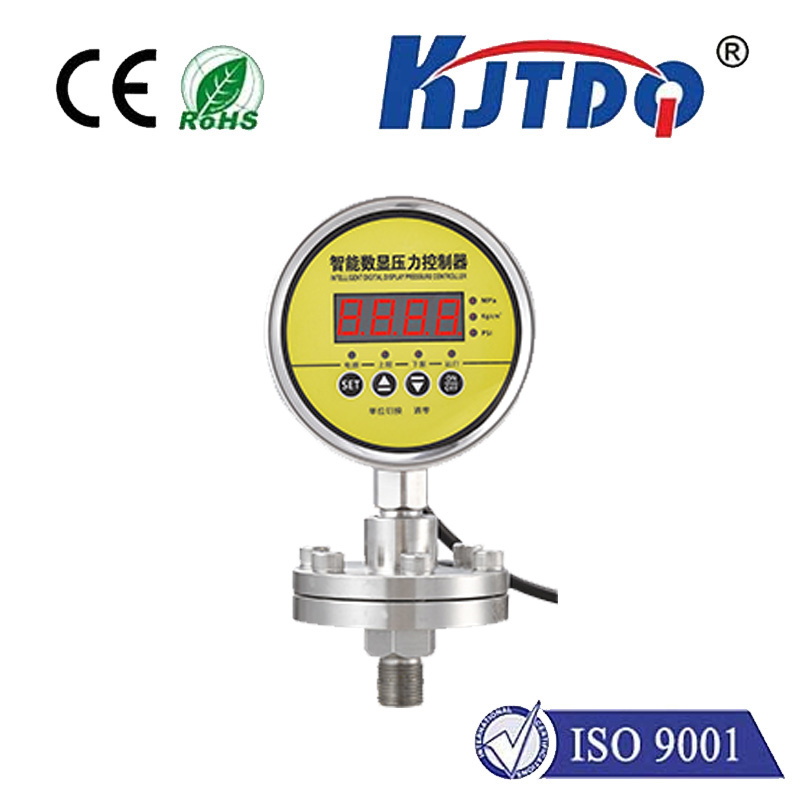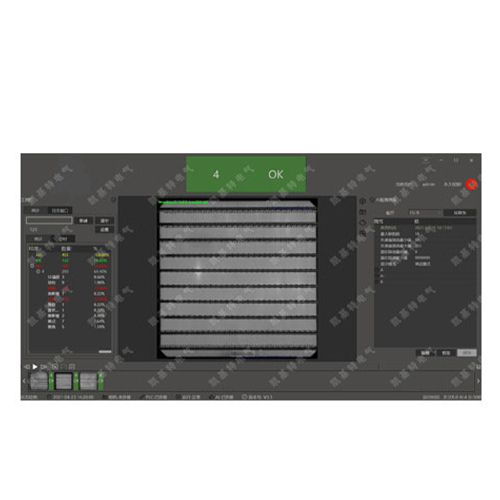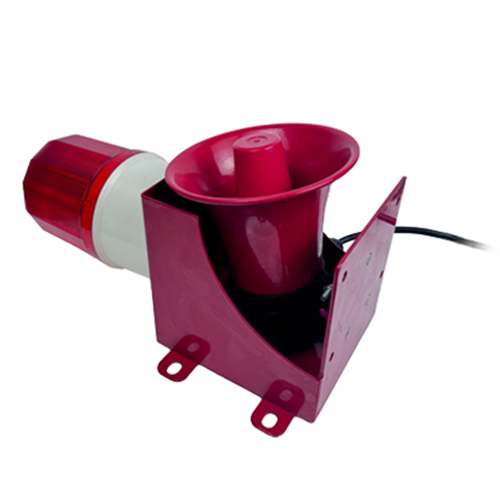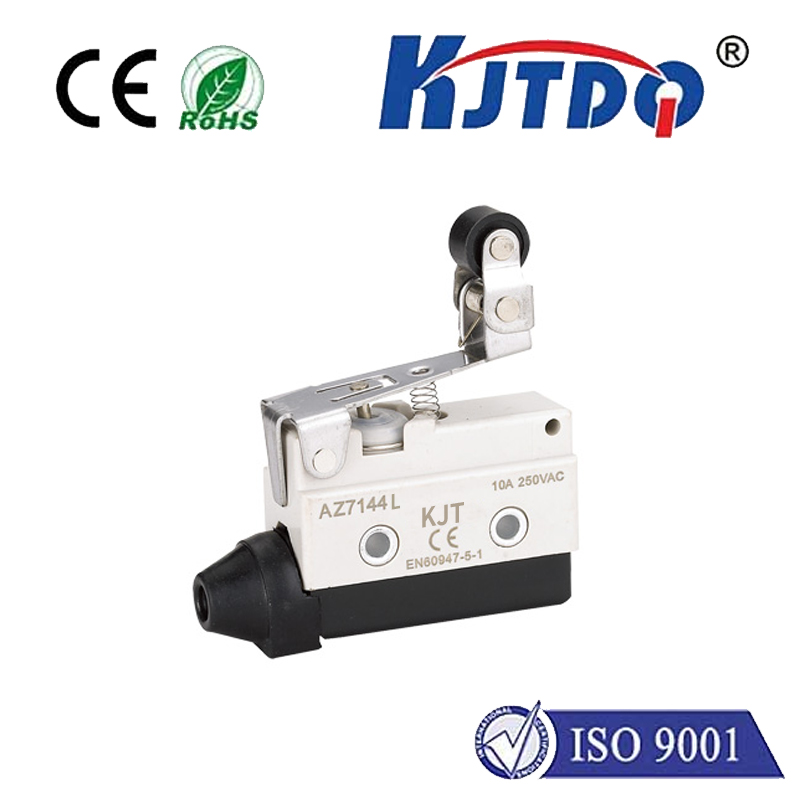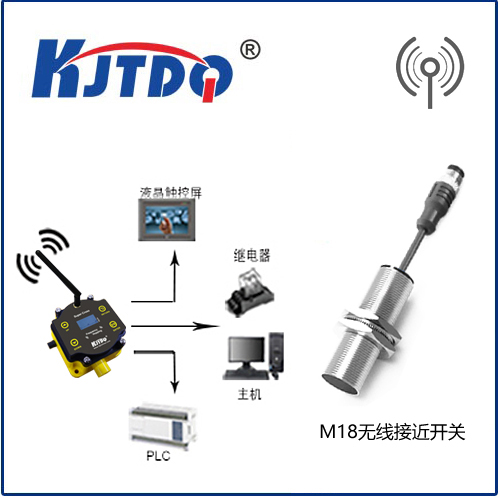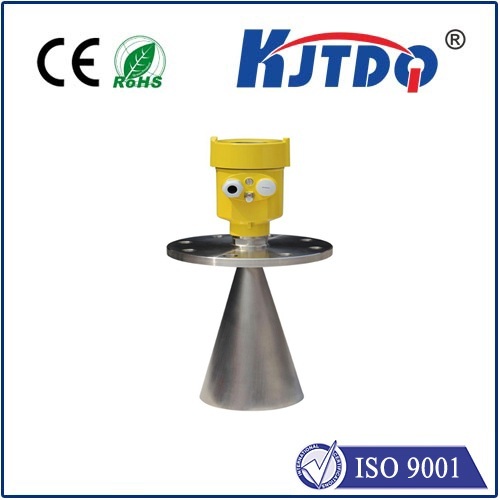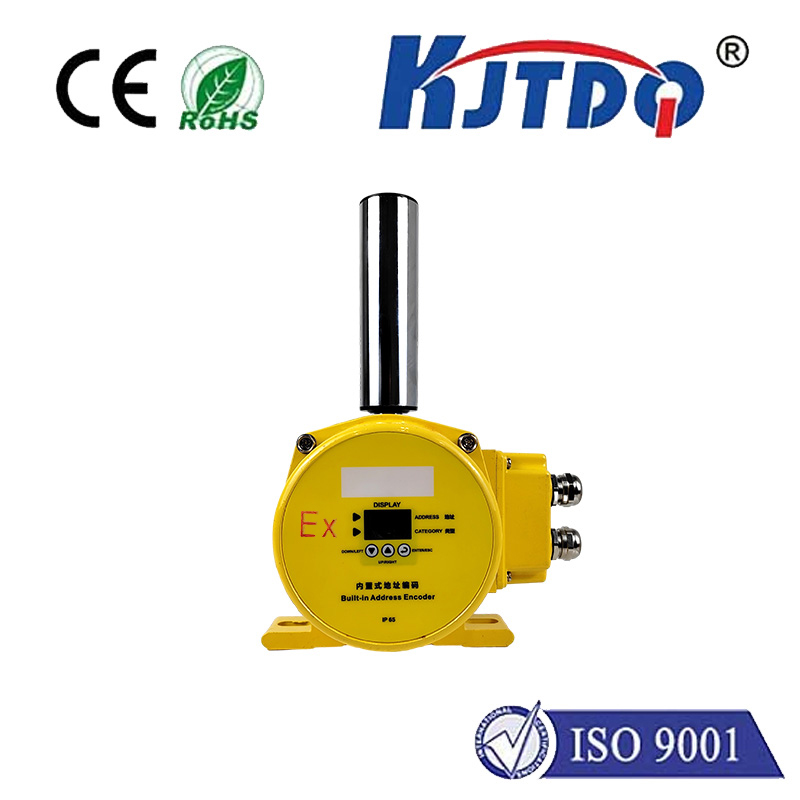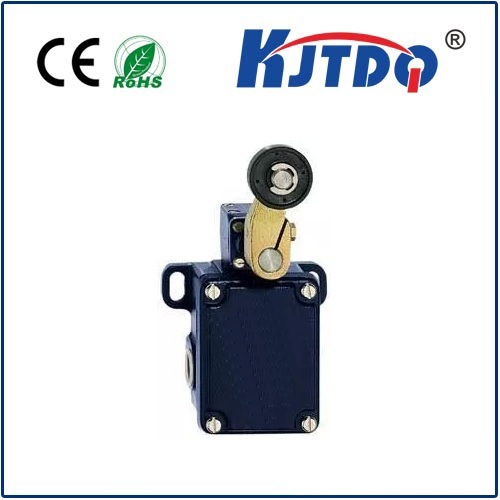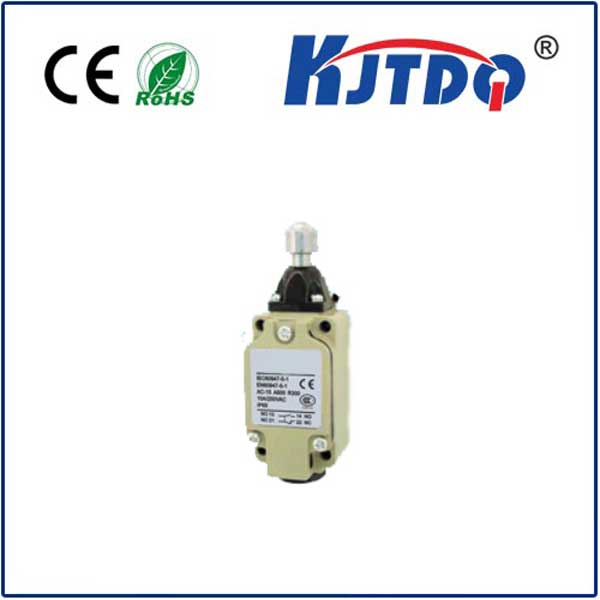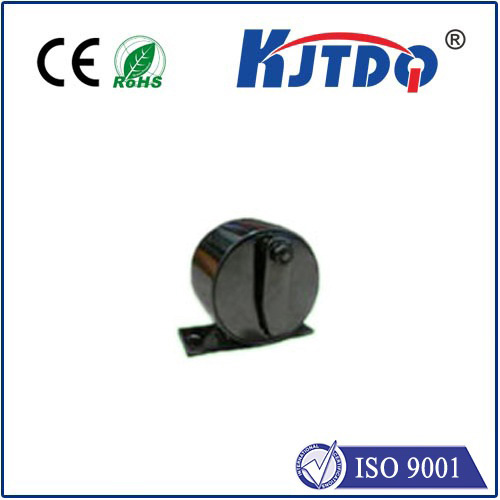

check

check

check

check

check

check

check

check

check

check
Photoelectric sensors are devices that use light to detect the presence or absence of objects. They work on the principle of converting light energy into electrical energy. When a photoelectric sensor is exposed to light, it generates an electrical signal that can be used to control various systems and processes.
The working principle of a photoelectric sensor is based on the photoelectric effect, which was discovered by Albert Einstein in 1905. According to this effect, when light strikes a metal surface, it causes electrons to be ejected from the metal. These ejected electrons then flow as an electric current through a circuit connected to the metal.

In a photoelectric sensor, a light source shines onto a photosensitive material such as a semiconductor or a photodiode. When the light falls on this material, it creates electron-hole pairs within the semiconductor. These pairs then move towards opposite electrodes, creating a flow of current that can be measured and processed.
The amount of current generated by a photoelectric sensor depends on several factors such as the intensity and wavelength of light, the sensitivity of the photosensitive material, and the distance between the light source and the sensor. By varying these parameters, it is possible to optimize the performance of a photoelectric sensor for specific applications.
In conclusion, the working principle of a photoelectric sensor is based on the conversion of light energy into electrical energy. By using this principle, photoelectric sensors can be used to detect and measure various physical phenomena such as object detection, motion sensing, and color recognition
